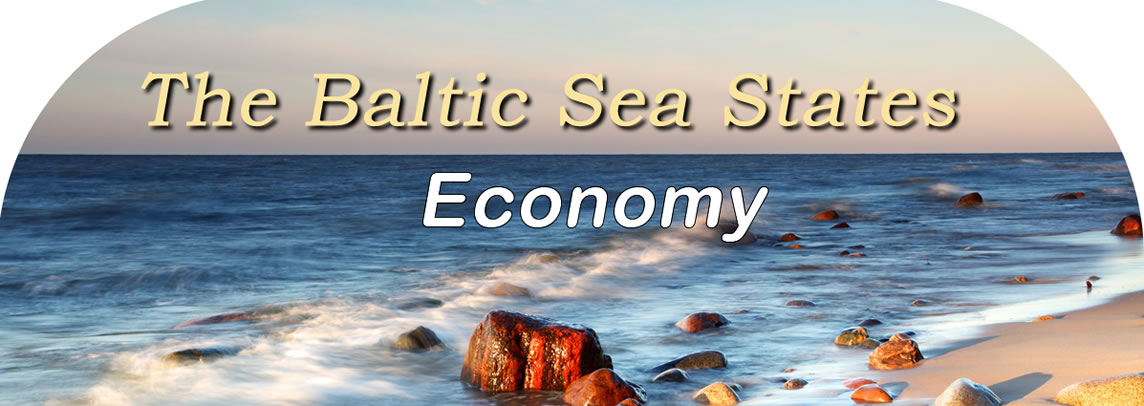
The Economical Endurance of Poland Poland, is a European country, that has weathered years of secluded economic turmoil. Bordered by Germany, to the west, and the Czech Republic, on the south, the takeover by the Communist government, at the end of World War II, was inevitable. Over 7 million Poles succumbed to the bitter defeat, leaving the country in ruin. However, the strength and perseverance of the Polish people, delivered a free-market society in 1989, gaining Poland the title of the 6th largest economic country in Europe, today. 1944-1954 Natural resources of coal, and a skilled agricultural population, seemed the perfect atmosphere for a socialistic empire. Large factories were built, exports of coal and machinery were shipped to the Soviet Union, and small farms, still private, were taxed into poverty. By 1954, other economic sectors, like housing, service, and consumer goods, were suffering, greatly. To compound the country's poor standard of living, the government turned a blind eye to the technical advances of other parts of the globe. Manufacturing was not updated, and internal workings of the Stalinist government, began to crumble. 1979-1989 It wasn't until the late 1970s that trading with the Western world was finally allowed. Poor economic decisions by the Communist government, plus the growing unrest of the Polish society, forced the state to relax the rigid rules of exporting only to other communist countries. Once the people had a taste of another way of life, they fought, and finally won, the placement of a non-communistic government in 1989. Freedom of 1989 Although the battle had been won, the war continued. The country was in financial shambles from lack of leadership over 45 years. Privatization had to occur slowly, with legal and administrative principles being developed. Everything from developing investment funds to building reliable energy structures, were needed, while also providing residents with a slow and steady form of income. Slow Progress 2004 brought a year of celebration as Poland was accepted into the European Union. Structural funds were made available, as were subsidies to farms, lifting much of the lonely pressures of a newly formed government. Poland was able to stand strong during the crunch in 2008, while the rest of the world was hit by a recession. This is not to say that there were not failing businesses, but there were no government bailouts, or signs of infrastructure weakness. The next step that Poland has planned, is to join the euro zone. With the single currency union, as most of Europe, they may be able to prosper through fiscal and political integration. With Poles now enjoying the status as being the second wealthiest of all Central Europe, there is little doubt that their goal will be reached. They have attracted nearly 40% of the world's Fortune 500 companies, and have cut the unemployment rate in half over a 2-year period. Big manufacturing of planes, cars, and ships, are back, only solid and beneficial to the entire country, not only to the heirs of a socialistic government. © Baltic21.org 2013, All Rights Reserved |
